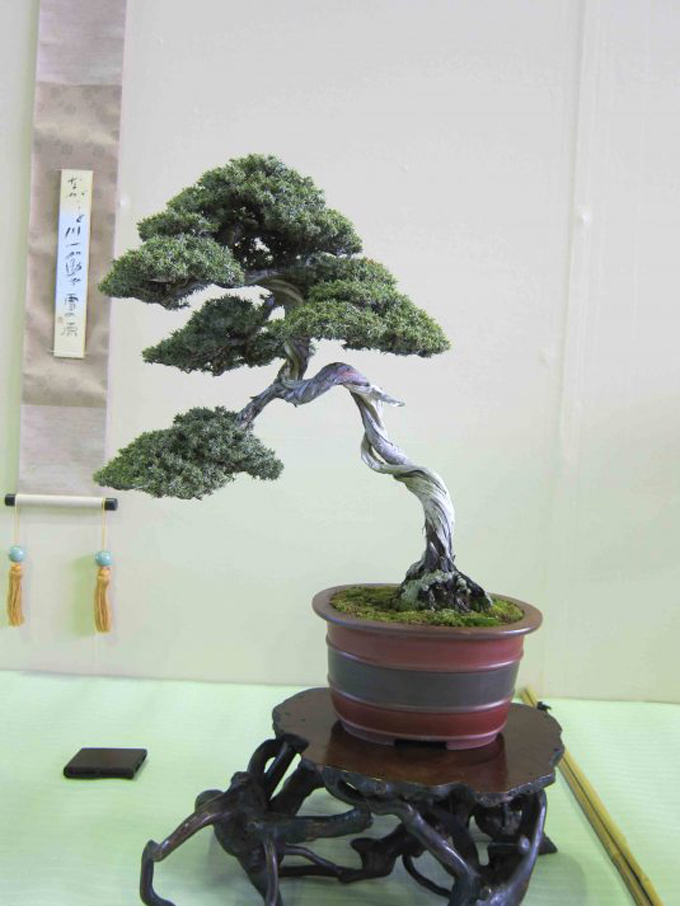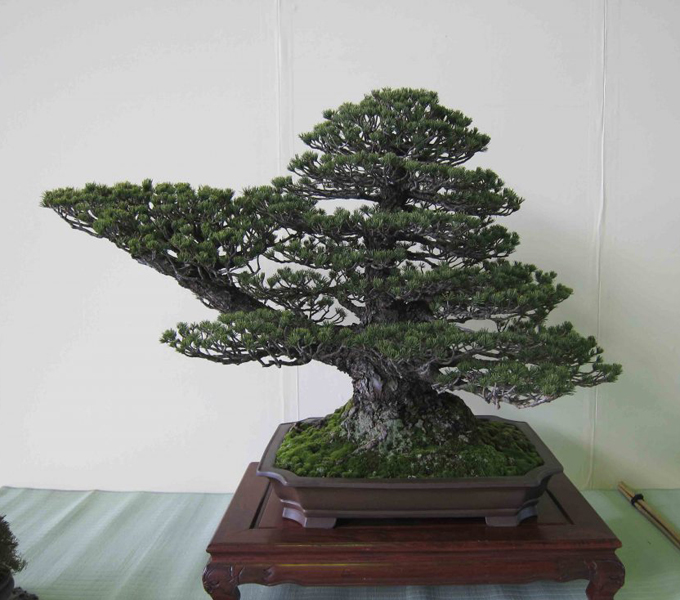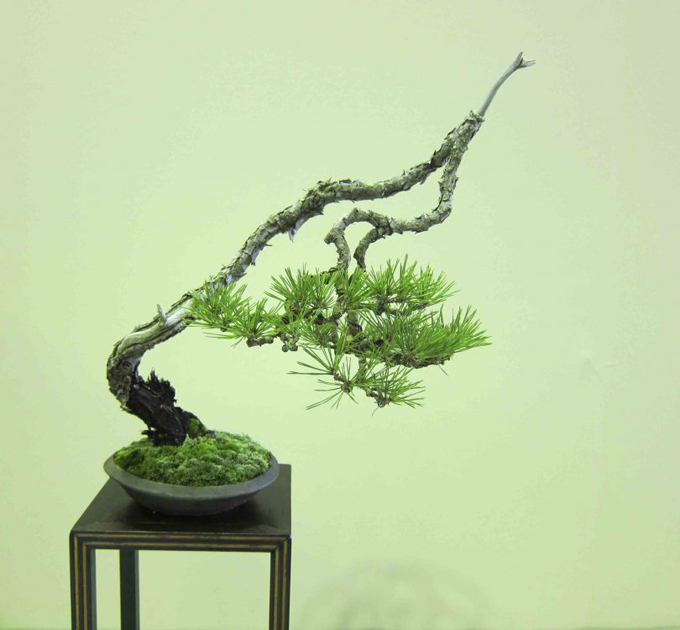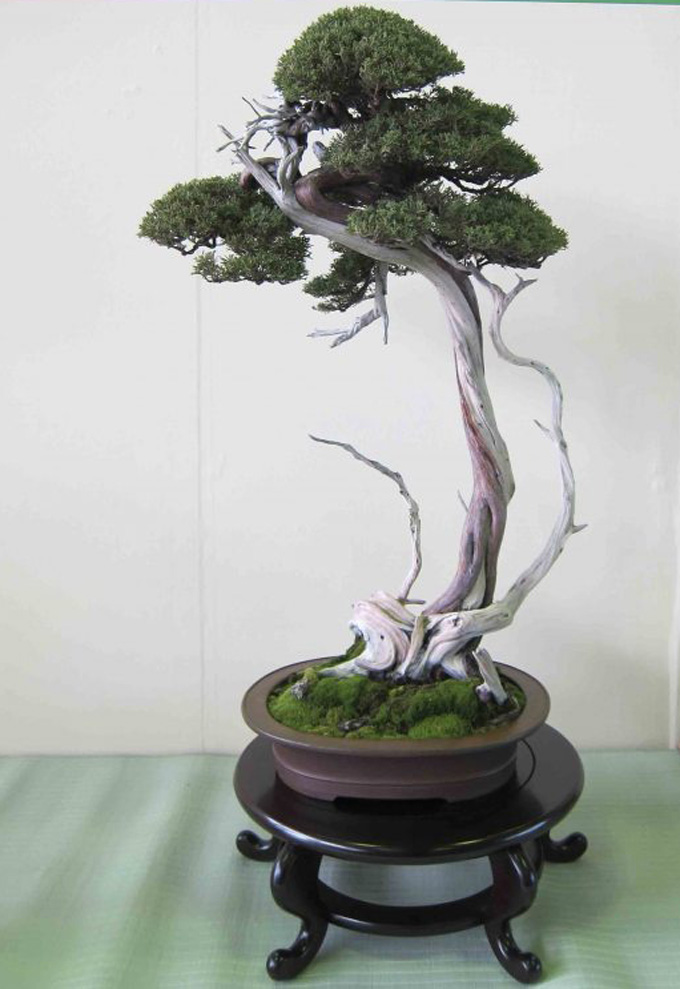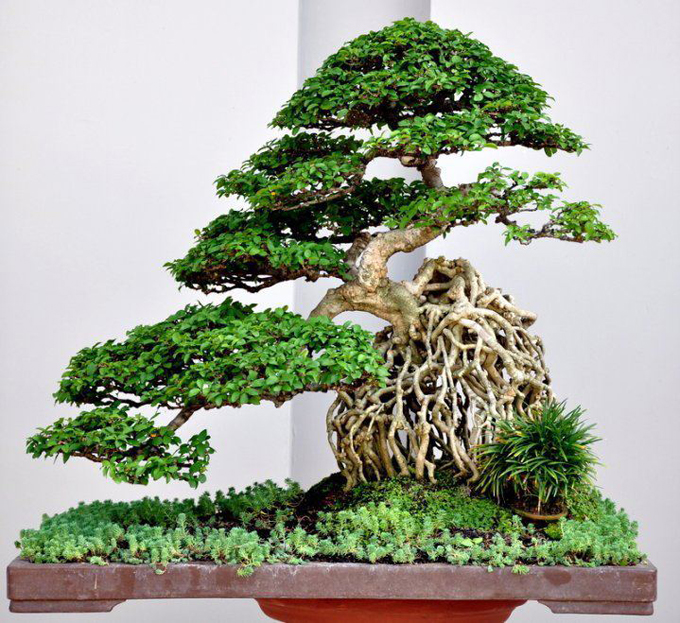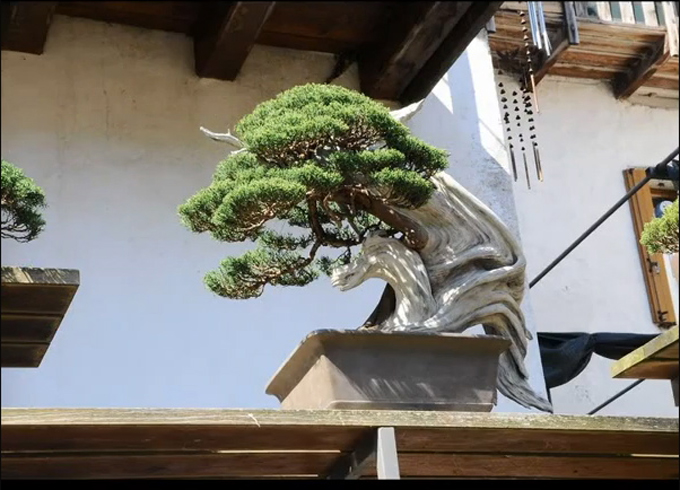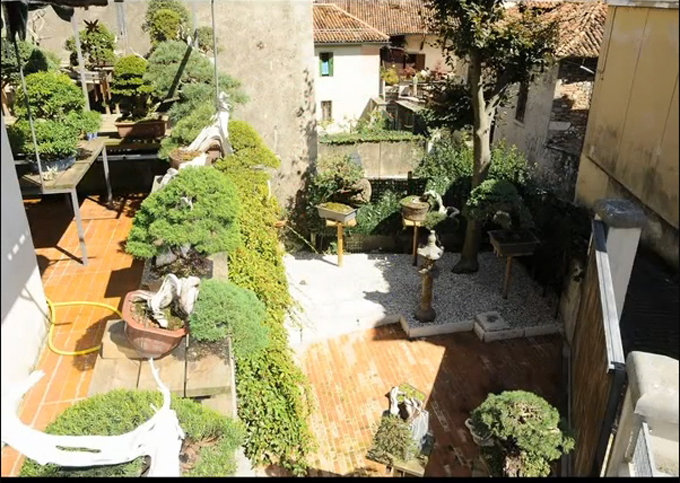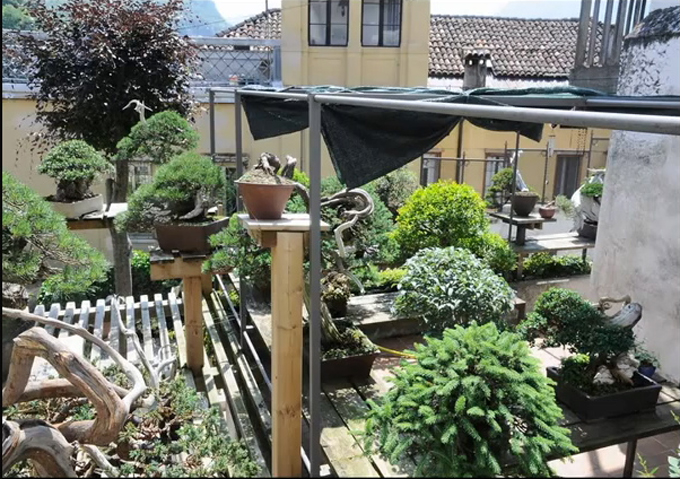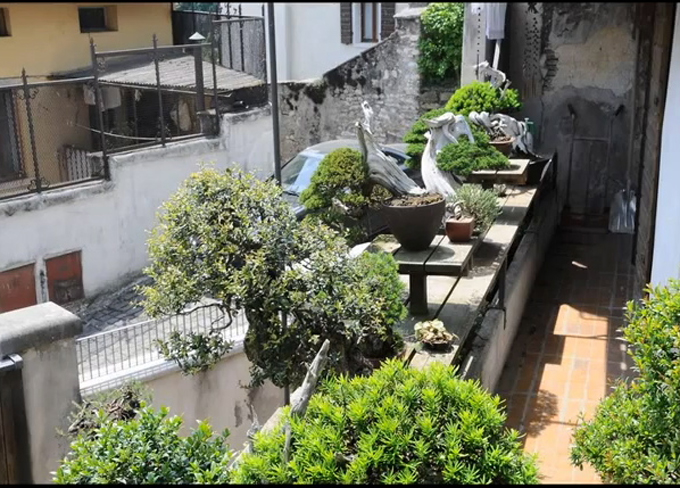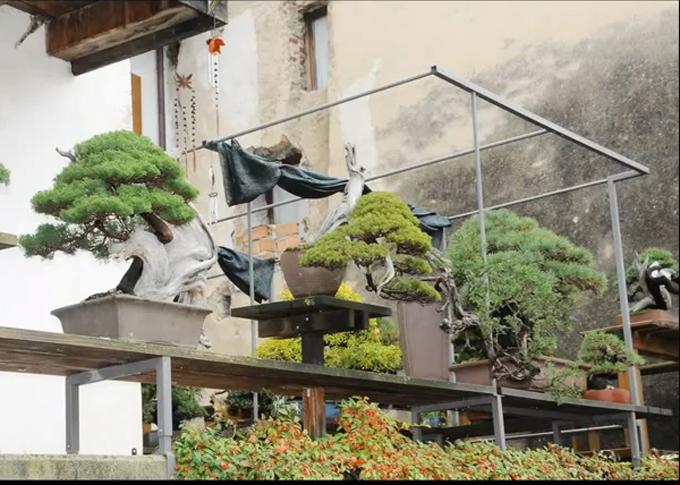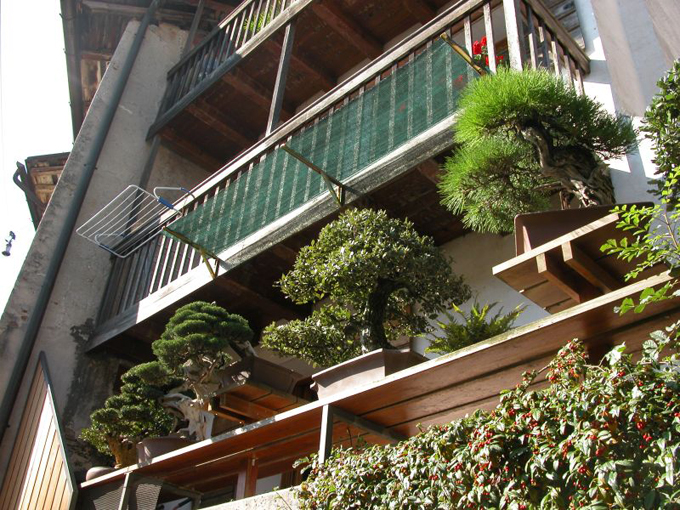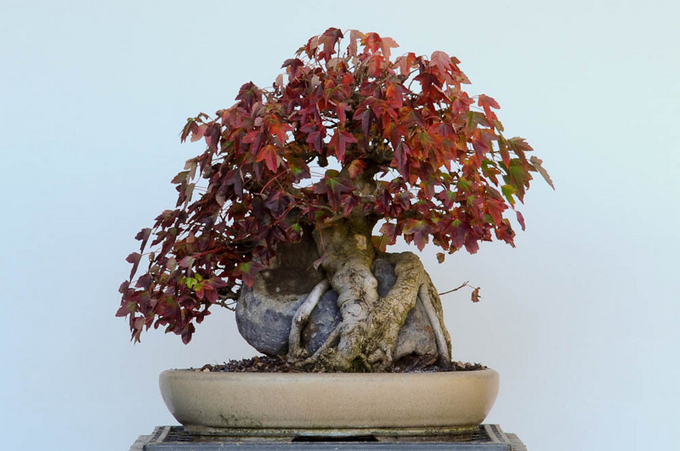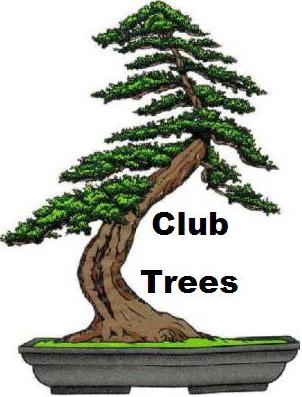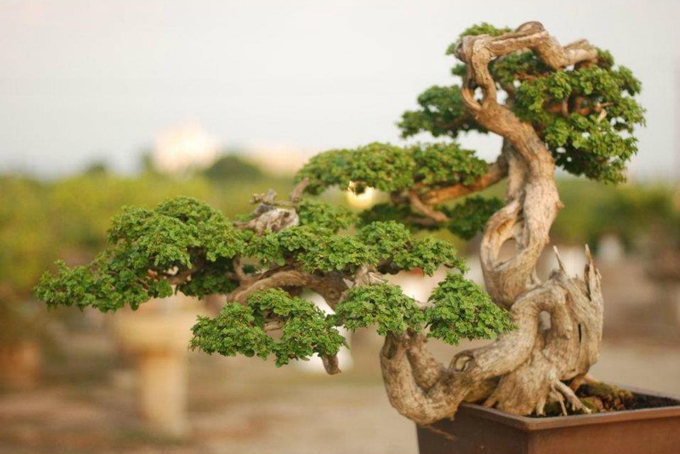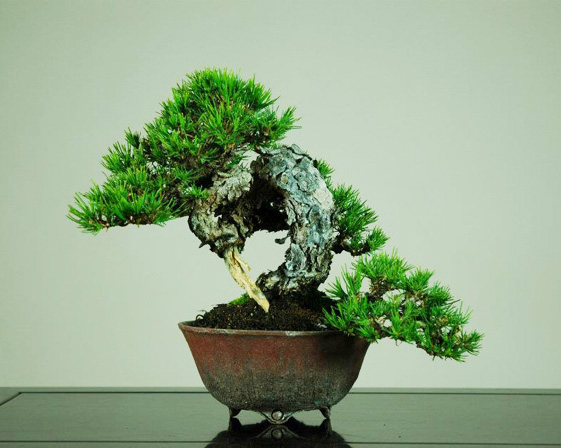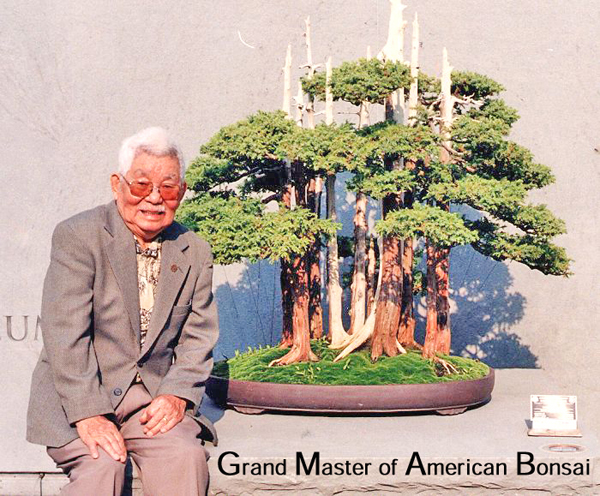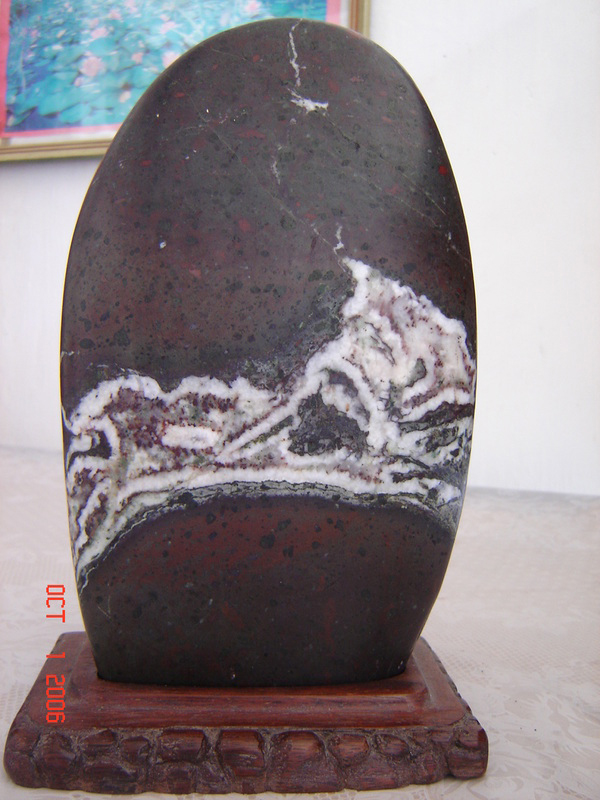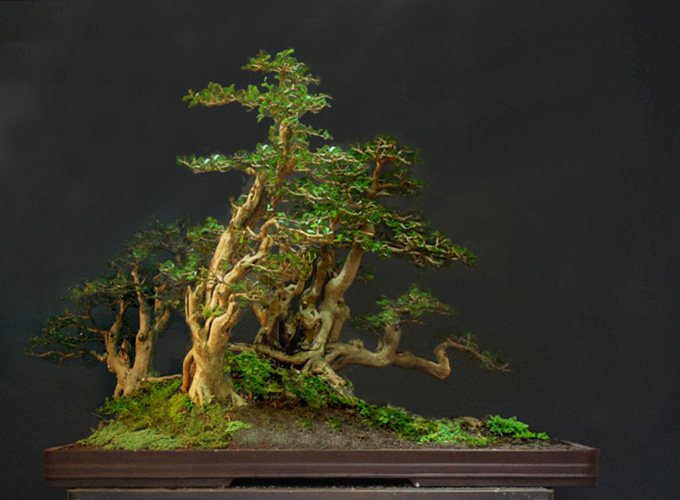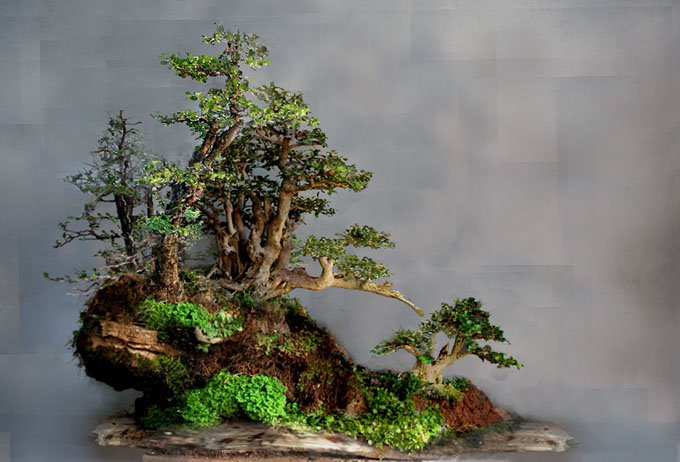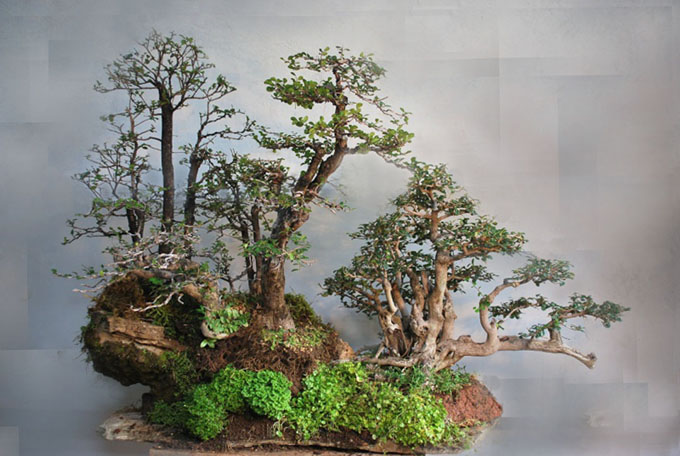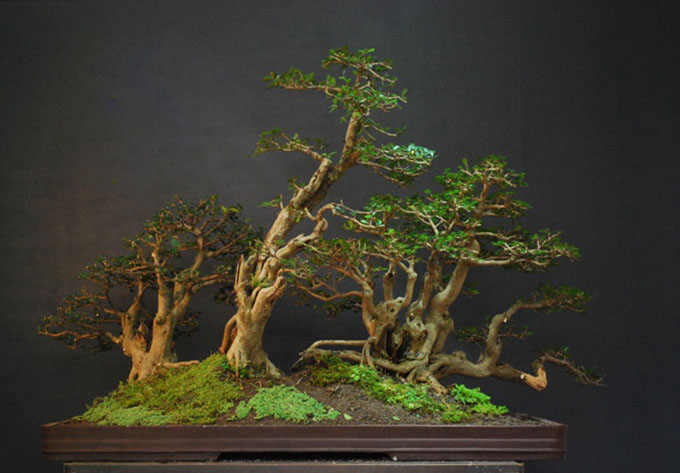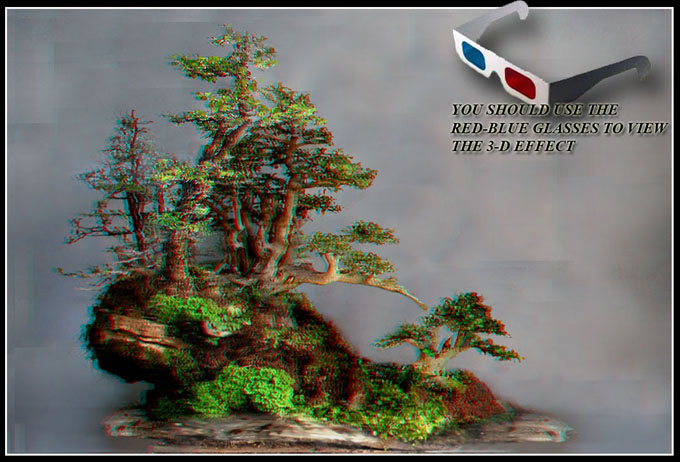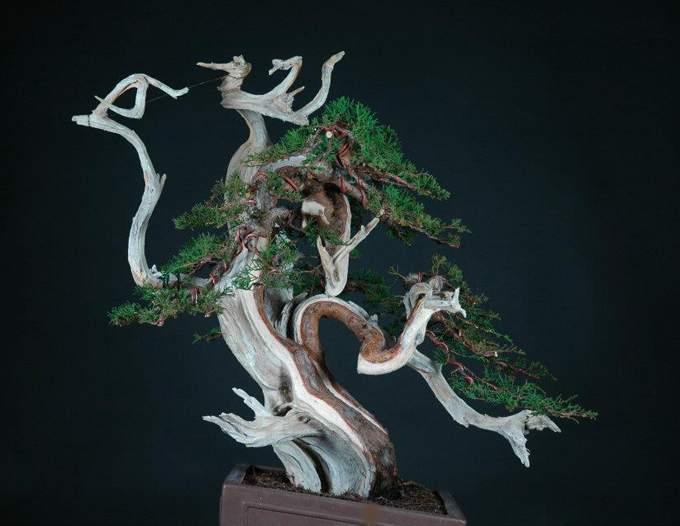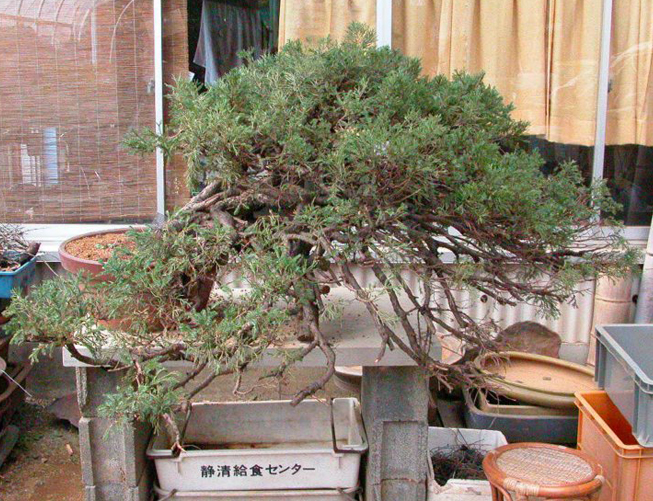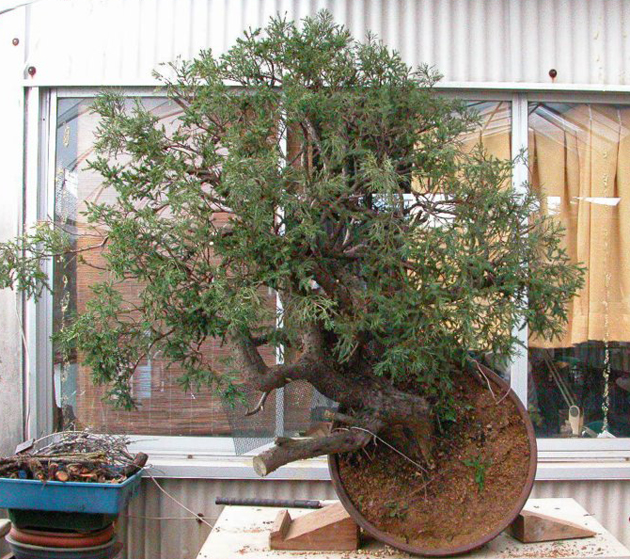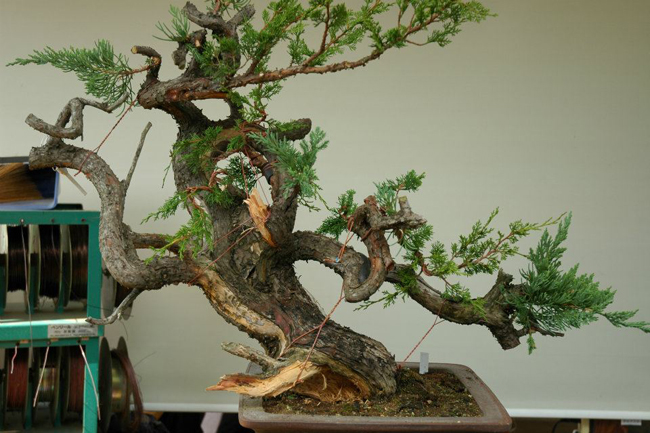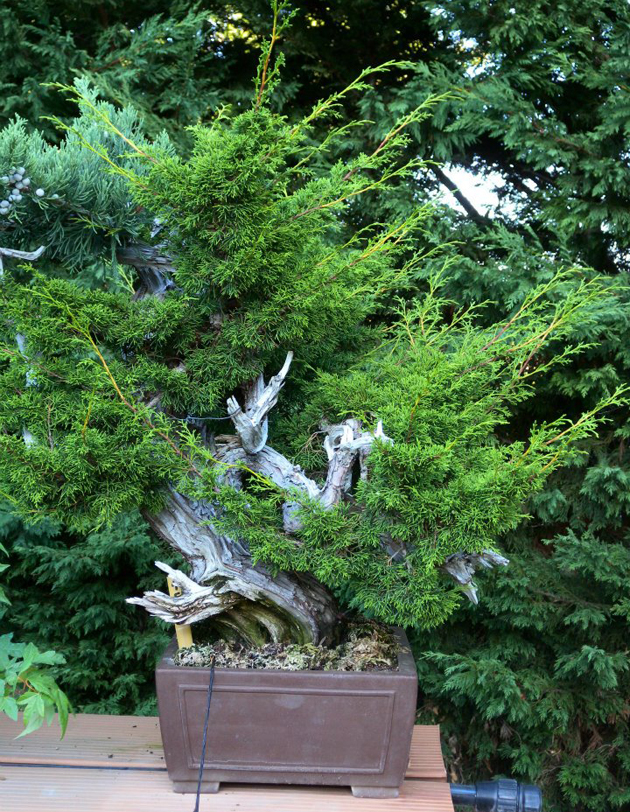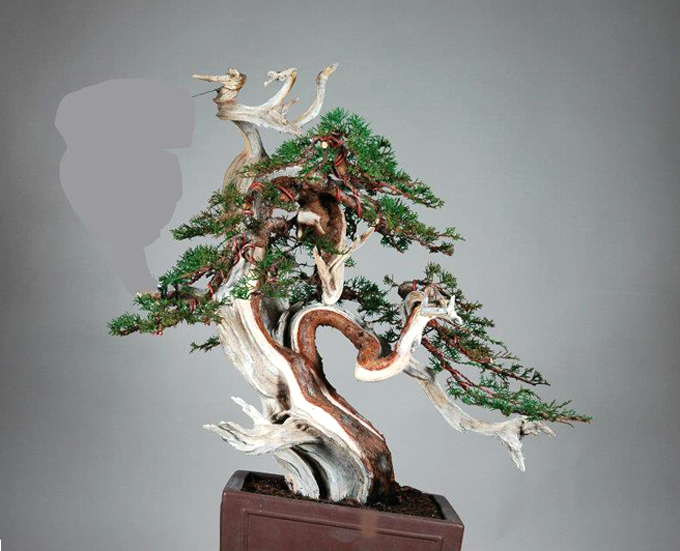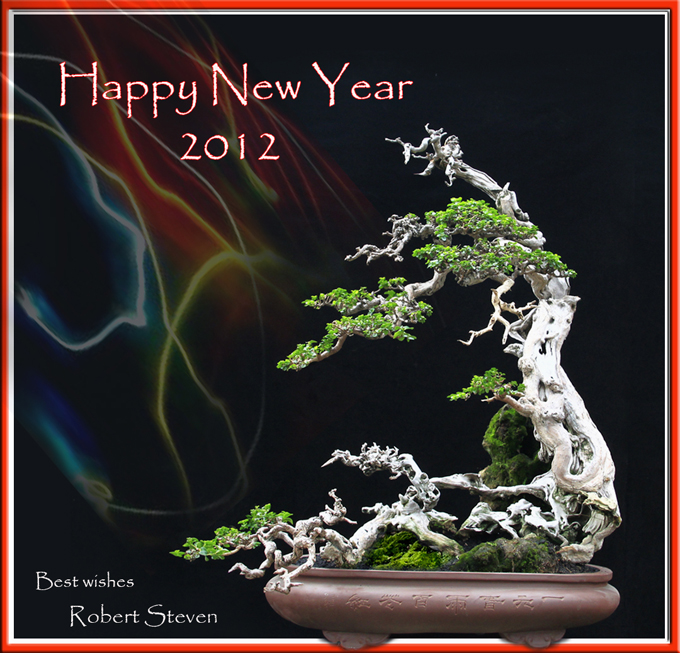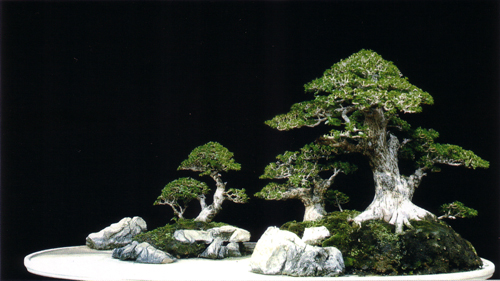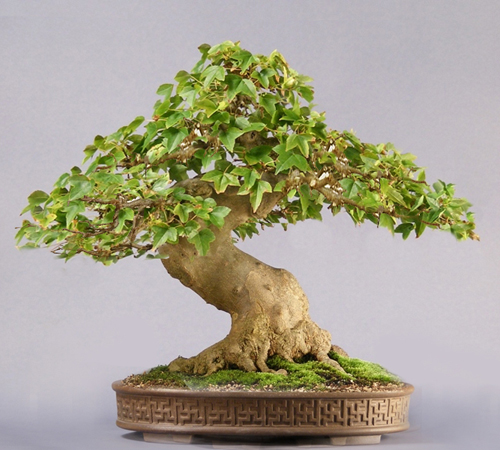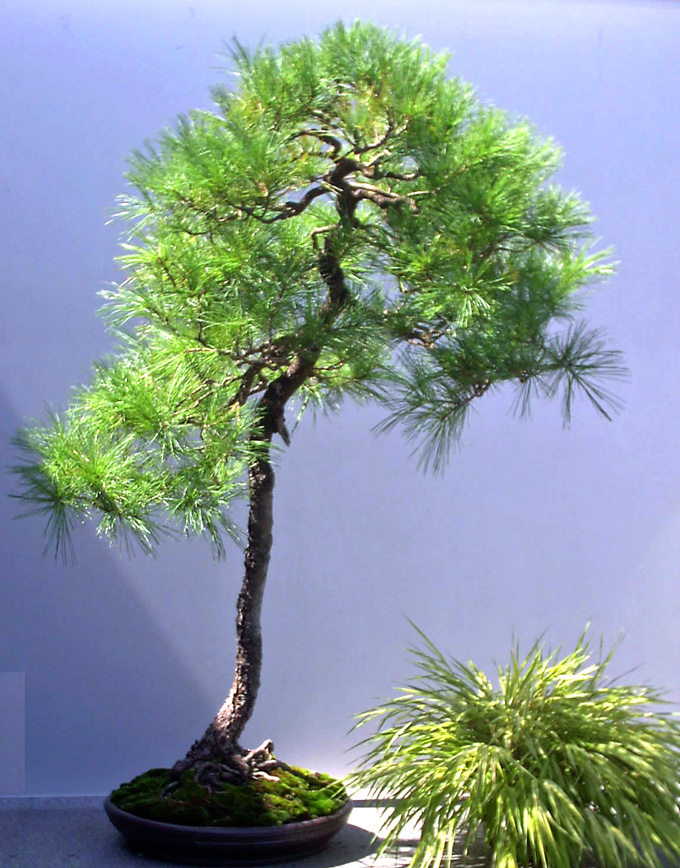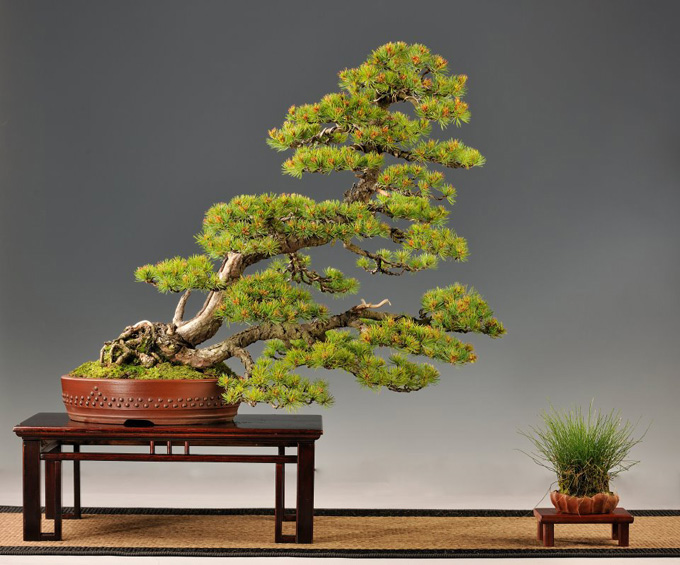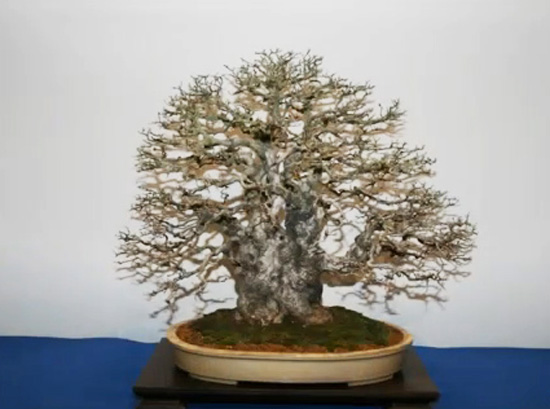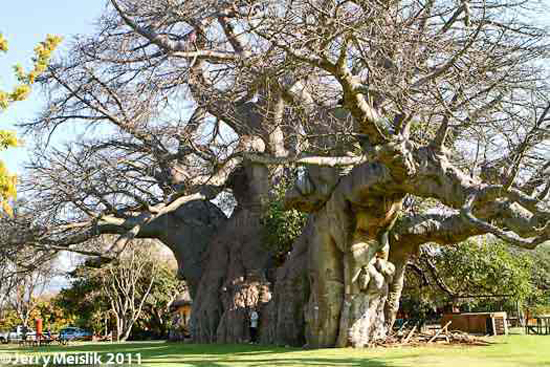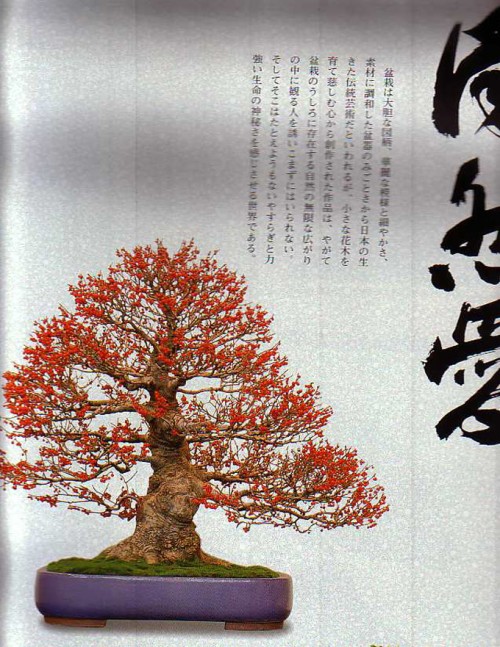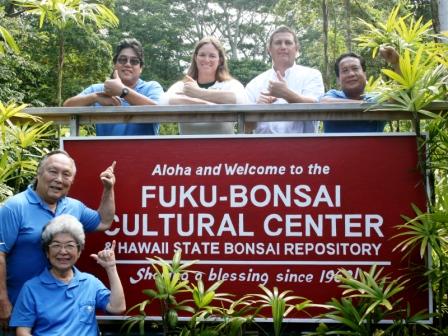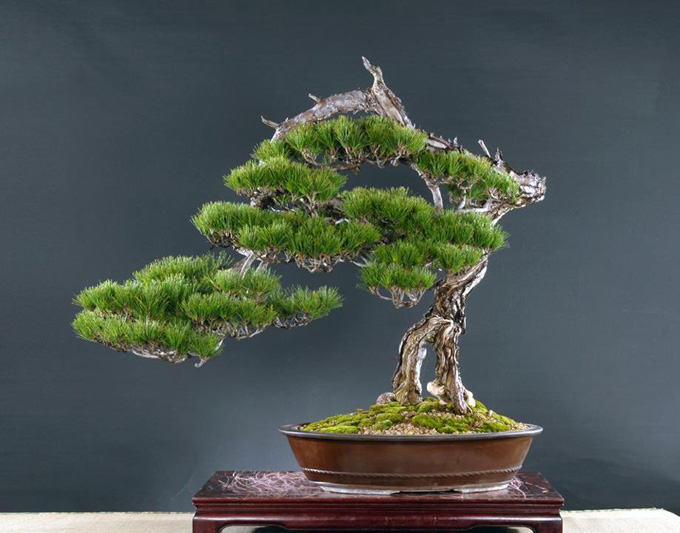 Ancient bones. I like the way the fresh foliage seems to hang from the tree’s ancient bones (though I’m not sure I’ve ever seen a stand so in need of refinishing). This strikingly unique bonsai is one of many excellent trees at Taiwan Bonsai World.
Ancient bones. I like the way the fresh foliage seems to hang from the tree’s ancient bones (though I’m not sure I’ve ever seen a stand so in need of refinishing). This strikingly unique bonsai is one of many excellent trees at Taiwan Bonsai World.
Free Advertising! What if you could advertise your bonsai event for free on a Bonsai Blog with over 30,00 visitors a month? Turns out, you can! Right here on Bonsai Bark. Just put your event (with links please) in the comments below and I’ll take from there.
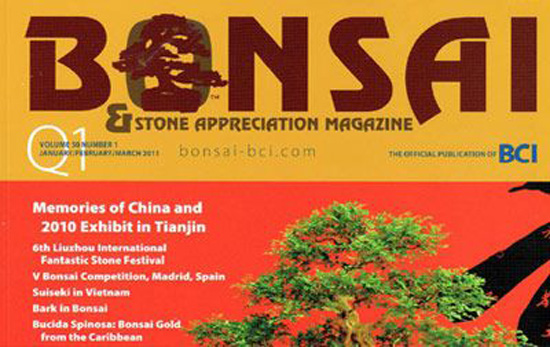 Have you seen this issue? Neither have I. My subscription seems to have run out. My excuses for not re-subscribing are that I’m busy and I tend to get more and more of my info from the web. I’m not sure that either of these excuses are very good, so maybe it’s time to re-subscribe. The photo is from the BCI website.
Have you seen this issue? Neither have I. My subscription seems to have run out. My excuses for not re-subscribing are that I’m busy and I tend to get more and more of my info from the web. I’m not sure that either of these excuses are very good, so maybe it’s time to re-subscribe. The photo is from the BCI website.
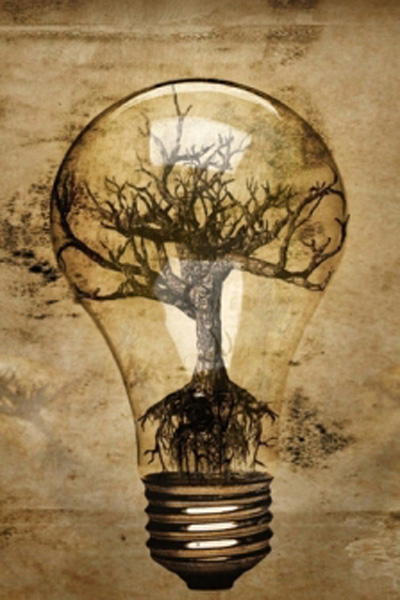 Winter Cold & Tree Roots on Crataegus Bonsai. Once again Michael Hagedorn has placed his shoulder on the wheel of bonsai wisdom and pushed a bit.
Winter Cold & Tree Roots on Crataegus Bonsai. Once again Michael Hagedorn has placed his shoulder on the wheel of bonsai wisdom and pushed a bit.
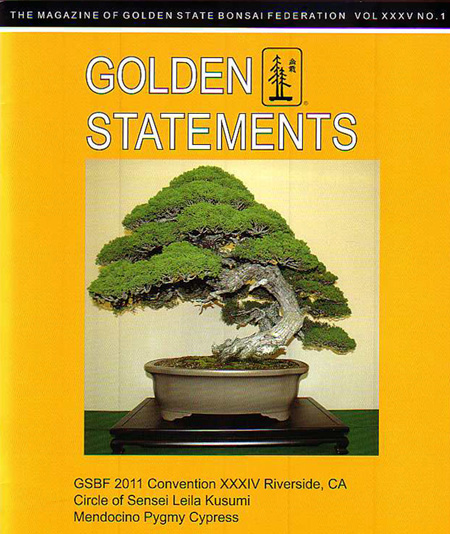 Golden Statements magazine. Just got our Jan/Feb issue and noticed that
Golden Statements magazine. Just got our Jan/Feb issue and noticed that
there are several good looking bonsai events coming up soon:
Bay Area Bonsai Associates 31st Bonsai Exhibit with Ryan Neil. Jan 28 & 29
Golden State Bonsai Federation Mammoth Fundraiser Auction, Sales & Demos with Kathy Shaner and team.
Feb 25 & 26 at the GSBF’s Bonsai Garden in Oakland.
The Southern California GSBF will be holding a similar event the same weekend at the
Huntington Library and Botanical Gardens in San Marino.
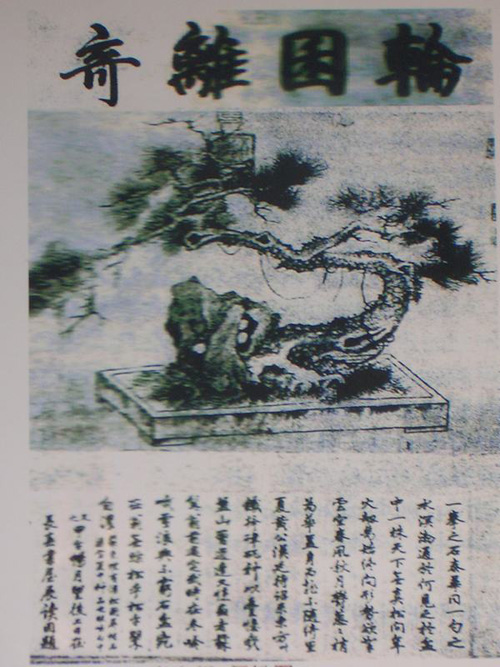 A preview of our 2013 calendar? Actually it’s a very old calendar that you can see along with a bunch of other fascinating old images and photos of bonsai (and related stuff) on the World Bonsai Friendship Federation site. It’s a bit like visiting an art museum.
A preview of our 2013 calendar? Actually it’s a very old calendar that you can see along with a bunch of other fascinating old images and photos of bonsai (and related stuff) on the World Bonsai Friendship Federation site. It’s a bit like visiting an art museum.
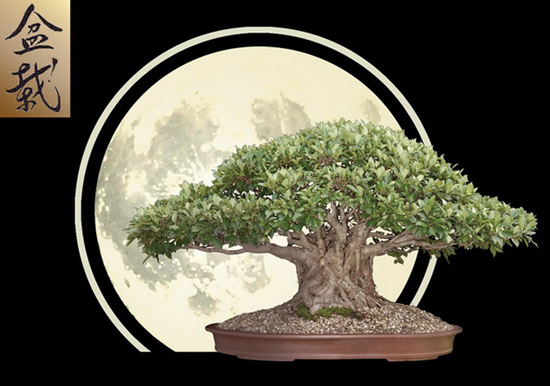 Tropical Bonsai Riches. This powerful bonsai logo is from Jose Rivera’s Bonsai en el Tropico. You don’t need to understand Spanish to enjoy the vast store of riches contained in this website, but it helps.
Tropical Bonsai Riches. This powerful bonsai logo is from Jose Rivera’s Bonsai en el Tropico. You don’t need to understand Spanish to enjoy the vast store of riches contained in this website, but it helps.
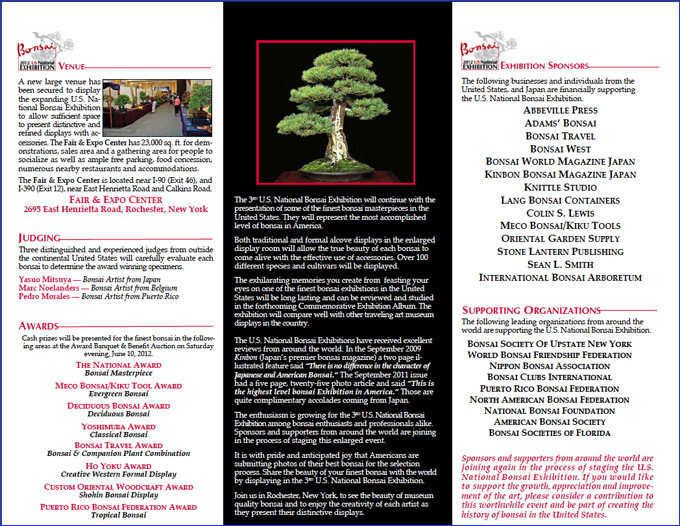 The 3rd U.S. National Bonsai Exhibition is coming! Don’t be left out. The dates are June 9th and 10th (all the info you need is here). BTW: you might notice that Stone Lantern Publishing is a sponsor. That’s a good thing and we are proud to have the opportunity. Beyond that, Stone Lantern will be there as a vendor this year. We are going to bring a wealth of old out-of-print bonsai books (most courtesy of John Palmer, founder of Bonsai Today magazine), some in-print books, our most excellent bonsai wire, some tools and who knows what else (we’ve got some ideas)?
The 3rd U.S. National Bonsai Exhibition is coming! Don’t be left out. The dates are June 9th and 10th (all the info you need is here). BTW: you might notice that Stone Lantern Publishing is a sponsor. That’s a good thing and we are proud to have the opportunity. Beyond that, Stone Lantern will be there as a vendor this year. We are going to bring a wealth of old out-of-print bonsai books (most courtesy of John Palmer, founder of Bonsai Today magazine), some in-print books, our most excellent bonsai wire, some tools and who knows what else (we’ve got some ideas)?
 Little delicacies. These tasty little delicacies are from Horie Bikoh kiln in Japan. I found them on Morten Albek’s Shohin Bonsai Europe (Morten is the author of Shohin Bonsai). In case you’re feeling generous, I’m still accepting late birthday gifts and then there’s always Valentine’s Day.
Little delicacies. These tasty little delicacies are from Horie Bikoh kiln in Japan. I found them on Morten Albek’s Shohin Bonsai Europe (Morten is the author of Shohin Bonsai). In case you’re feeling generous, I’m still accepting late birthday gifts and then there’s always Valentine’s Day.
 Monster Tools for Monster Trees. You like to work on big trees? Have you seen our New Monster Tools? Each one is 28″ (72 cm) of tough cutting power.
Monster Tools for Monster Trees. You like to work on big trees? Have you seen our New Monster Tools? Each one is 28″ (72 cm) of tough cutting power.
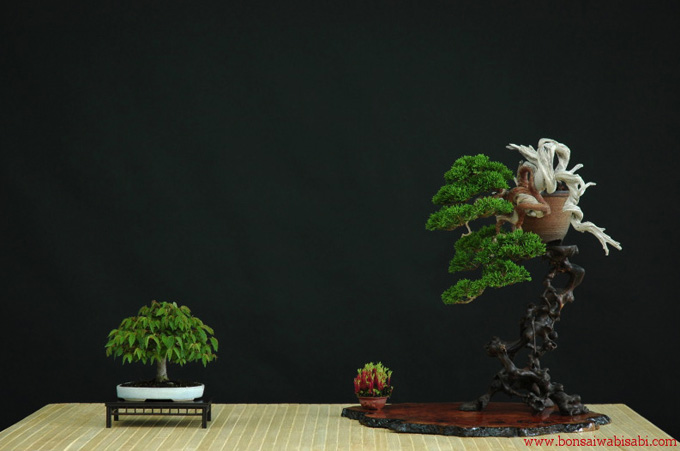 Great Bonsai. Crazy links. I like how the stand and the tree on the right just flow into each other in this photo. It’s from Mario Komsta’s website (Mario Bonsai: Wabi Sabi). We’ve been featuring Mario on this blog for a long time, which is another way of saying we like his bonsai. What we don’t like is how what looks like internal links on Mario’s site take you to very unexpected places. If you go to gallery, for example, you end up on generic looking page, bonsaiwabisabi.com that seems to have nothing to do with Mario or his bonsai. Another example is the link ‘blog’ which takes you to an Australian travel blog. Have evil robots taken over Mario’s site?
Great Bonsai. Crazy links. I like how the stand and the tree on the right just flow into each other in this photo. It’s from Mario Komsta’s website (Mario Bonsai: Wabi Sabi). We’ve been featuring Mario on this blog for a long time, which is another way of saying we like his bonsai. What we don’t like is how what looks like internal links on Mario’s site take you to very unexpected places. If you go to gallery, for example, you end up on generic looking page, bonsaiwabisabi.com that seems to have nothing to do with Mario or his bonsai. Another example is the link ‘blog’ which takes you to an Australian travel blog. Have evil robots taken over Mario’s site?
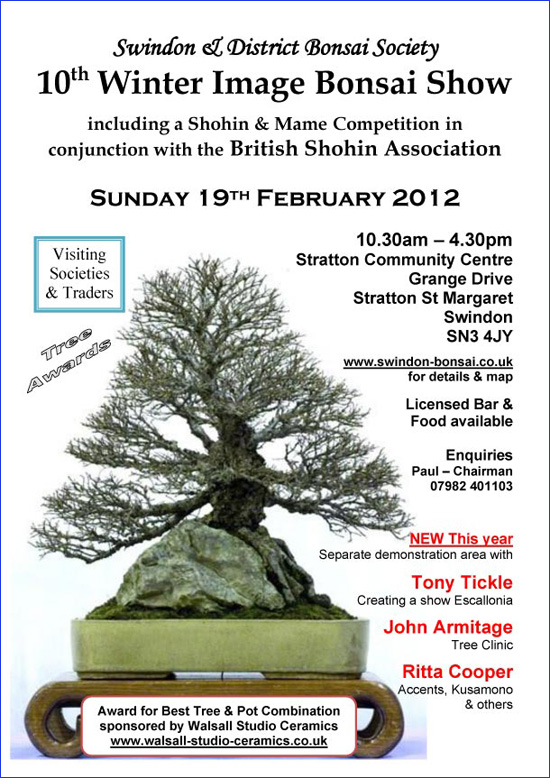 This one speaks for itself. It’s a jpeg, so the links aren’t live. Here’s a link that is live.
This one speaks for itself. It’s a jpeg, so the links aren’t live. Here’s a link that is live.
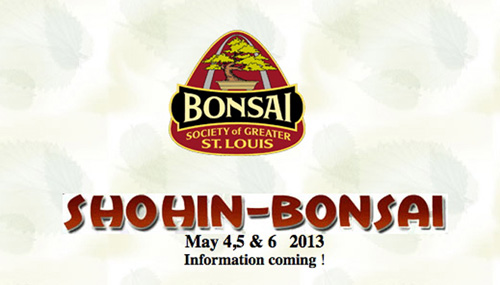 Talk about getting a jump. The good news is that you don’t have to wait until 2013 for something to happen in St. Louis.
Talk about getting a jump. The good news is that you don’t have to wait until 2013 for something to happen in St. Louis.
 The Midwest Bonsai Society’s 8th Annual Spring Bonsai Show will be held May 19-20 at the Chicago Botanic Garden.
The Midwest Bonsai Society’s 8th Annual Spring Bonsai Show will be held May 19-20 at the Chicago Botanic Garden.
 American Bonsai Society. Have you seen this? It’s from the ABS website.
American Bonsai Society. Have you seen this? It’s from the ABS website.
“That’s one thing about intellectuals — they’ve proved that you can be absolutely brilliant and have no idea what’s going on.”
– Annie Hall
